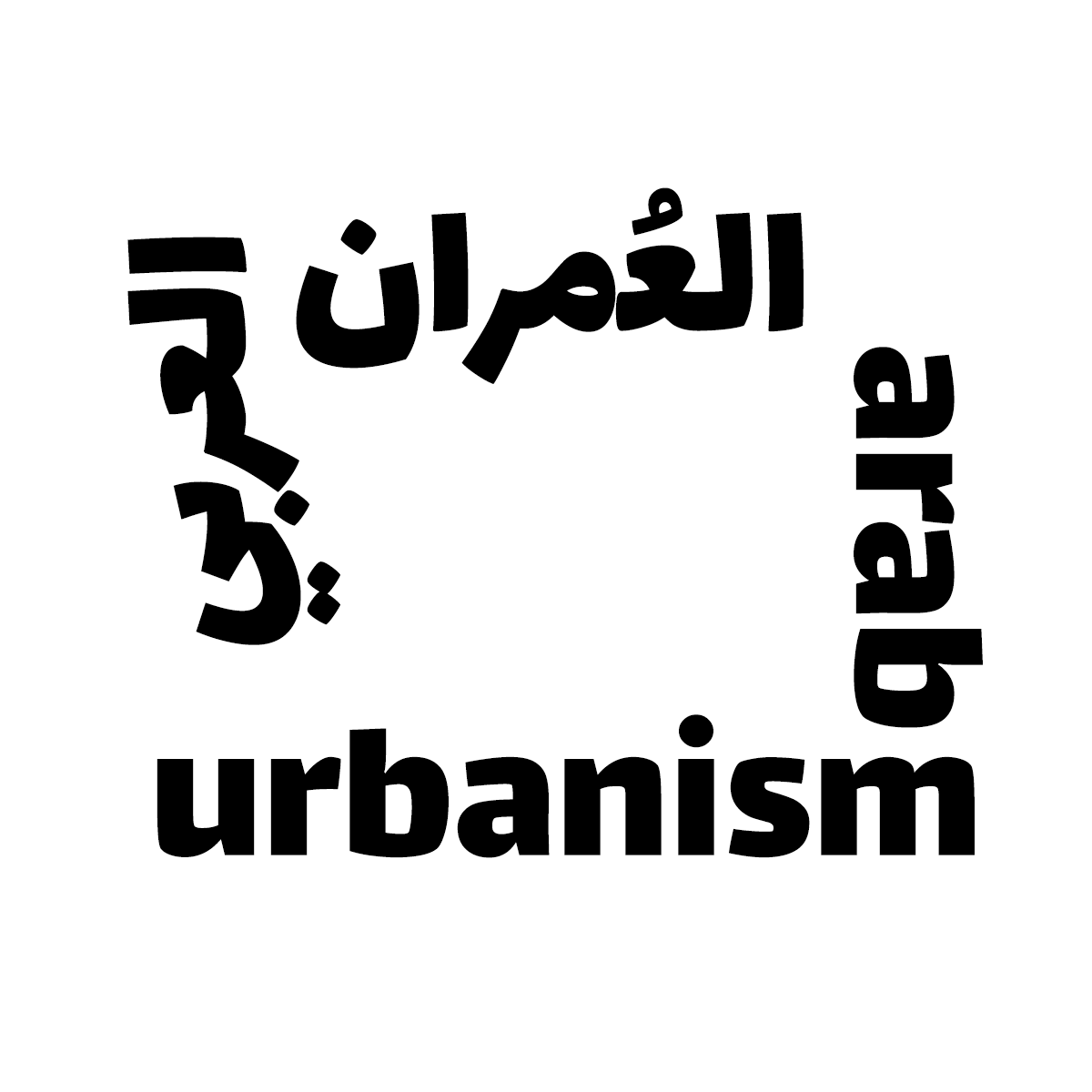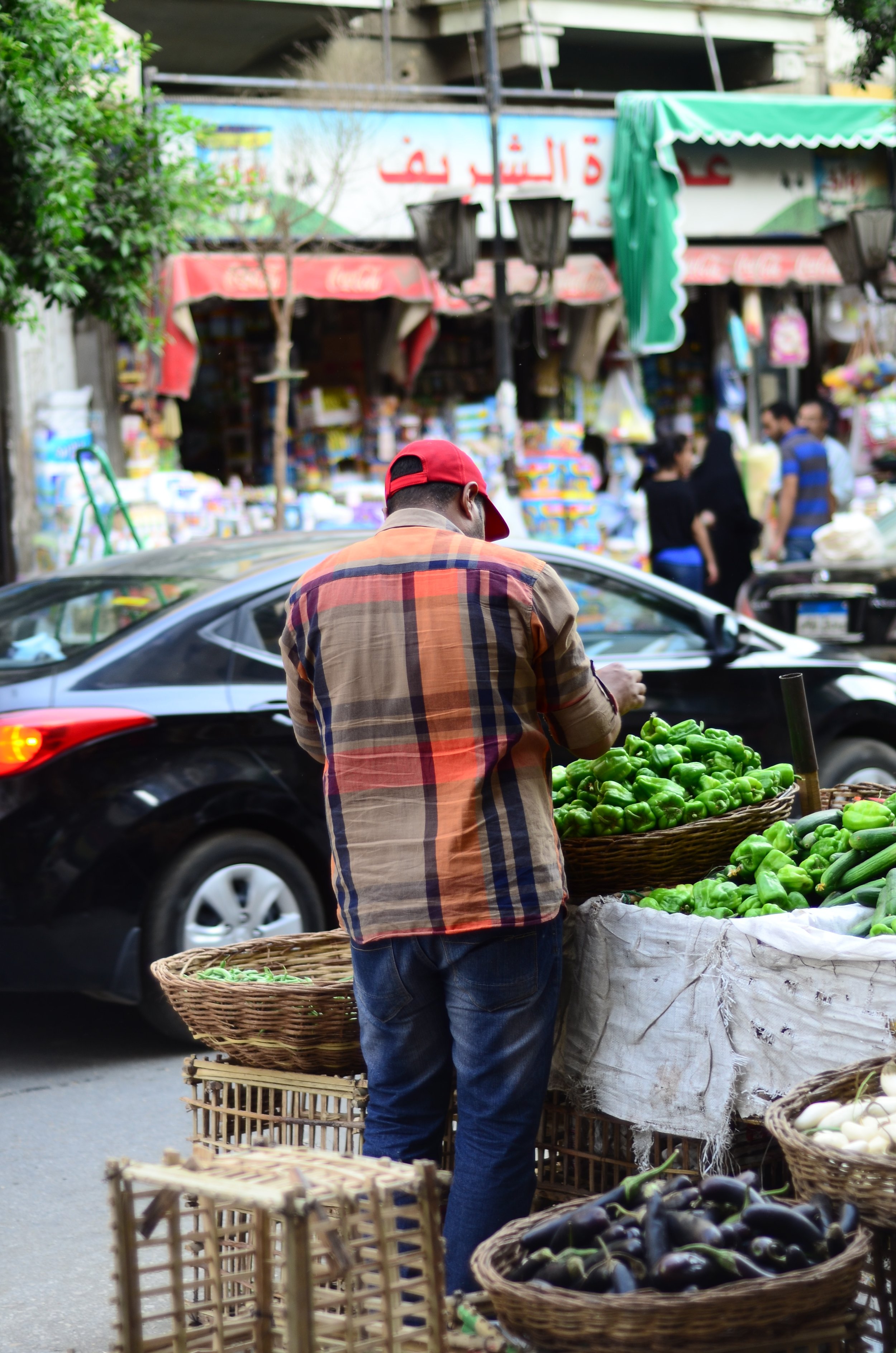Erasure and disembodiment as blackout: The case of Heliopolis, Cairo
الشارع دا أوله بساتين وآخره حيطة سد
ليا فيه قصة غرام ماحكيتش عنها لأي حد
من طرف واحد وكنت سعيد اوي
بس حراس الشوارع حطوا للحدوتة حد
This street has gardens at its entrance and a walled dead end
In it I have a love story that I have told no one about
A one-sided story, but I was still elated
Now the street guards have put an end to it
- The Streets are Stories, poem by Salah Jaheen, sung by Al-Massrieen
The widened Farid Semeka Road that has had its garden razed to make way for additional lanes soon leads to one of the five new flyover bridges of Heliopolis. The bridge hangs above the now twelve-lane 60 km/hour El-Hegaz Street which used to host tram stops that were left to decay before disappearing without a trace. A café sits under the bridge where pupils from the schools on this main thoroughfare attempt to cross the road and workers wait for their buses at an unmarked bus stop. This confluence of sudden urban transformation still carries the name El-Hegaz Square although there are no signs to be found that a square ever existed at this site. Further down the road, school pupils attending The English School attempt to cross the widened Abu Bakr El-Siddiq Road with the help of a traffic warden in high-vis gear. He resorts to hand gestures as a signal to vehicles driving on what is essentially a highway to slow down upon their descent from yet another flyover bridge so that he may chaperone the school pupils and other pedestrians across. They quickly walk over neat asphalt that sits atop what once was tramway tracks and greenery. The vehicles that reluctantly came to a stop will soon face more flyover bridges further along this same road, including two that intersect in a fantastical sight, creating a multi-tiered road network that leads to the Almaza neighbourhood whose residents have been facing evictions.
ورجعت وحدى فى دنيتى حاسة بغربة فى نظرتي
مع اننا كنا هنا فى الحى ده مع صَحبتي
فين الصُحاب فين الجيران متغربين لية فى المكان؟
Alone, I returned to my own world
With a sense of estrangement in my gaze
Even though I was just here in this neighbourhood with my friend
Where are the friends? Where are the neighbours? Why are they estranged in this place?
- We Lived Here (In the Past), Hanan
Why are we estranged in this place? How do we navigate the fragmentation and feelings of estrangement in the aftermath of such radical change to infrastructure that created enclaves in a district once famed for being self-contained and well-connected? How do we make sense of the definitive sight of these times: the bulldozer standing victorious next to uprooted trees? It is estimated that 2,500 trees were uprooted between 2019 and 2020 in Heliopolis alone[1]. How do we process the sight of uprooted trees that lie criss-crossed on main roads, once the sight of multiple forms of socio-spatial interaction? The questions we ask bring to the fore further questions, but they also bring with them individual and collective practices to counter the estrangement and the disembodiment. How do these practices that arise in this moment enable us to think through questions pertaining to collective memory in relation to space, and the broader battle over memory in the face of the disappearance of the familiar that shapes our sense of identity? How may we archive the city without lending our archives to narratives that seek to romanticise a city that once was while ignoring how it has been experienced by the subaltern? In a context such as Heliopolis’ that is shaped by a specific colonial history, how can our archival practices also prompt engagement with that past as we make sense of fragments from our present? In our documentation of urban decay in particular, what draws us to it, and what futures do we seek for it in a context of neoliberal urbanisation?
لفو بينا قالو لينا على المدينة
لما جينا التقينا
كل شىء فيها ناسينا
They put us in a whirlwind
They told us to head to the city
When we got there and met each other,
We found that all parts of it have forgotten us.
- The City, Mohamed Mounir
I have been asking myself these questions since witnessing the urban transformation that my home district of Heliopolis, Cairo has undergone since 2019. My response to this has been characterised by panic, fear and a sense of urgency to document as much of the familiar mundane and everyday encounters as I can while they persist in a context that risks their obliteration. This reaction has also included a need to document destruction in progress, perhaps as a means of immortalising scenes that have brought on these affects and as a form of memory work. The documentation I do is primarily through photography that rarely considers aesthetics but is more interested in acting as an archival practice. To date, I have amassed around 2,000 primary photos of Heliopolis and have created an Instagram account, Archiving Heliopolis (@archivingheliopolis), to publicly share some of these photos I have been compulsively taking as a means of managing anxieties around erasure and navigating feelings of disembodiment. A growing number of similar accounts on social media concerned with archiving different aspects of the city in Egypt highlight a particularly precarious temporality that is being navigated against a backdrop of disappearance and erasure. The photos are arguably “a defense against anxiety”[2]. Meaning is seemingly being assembled through “ruins, excavations, and rag-picking”[3] with the aid of a camera. This archiving is continuously creating a wealth of visual repositories that can be referred to in attempts to reimagine the city and counter fragmentation. While the digital nature of these archives simultaneously creates further precarity through the ease by which they can be deleted[4], encounters with them compel us to engage with questions around the convergence of memory, archives, photography and affect, enabling us to better understand how erasure as blackout is navigated, and how meaning is sustained and continuously created individually and collectively.
Notes
[1] Menna A Farouk «FEATURE-Egypt's street trees fall foul of urban development drive, » Thomas Reuters Foundation May 20, 2022, https://www.reuters.com/article/egypt-environment-trees-idAFL5N2X82GR
[2] Susan Sontag. On Photography (New York: Farrar, Rosetta Books, 1973), 5.
[3] Mayada Madbouly and Aya Nassar, “Fragment(s) of Memor(Ies): The Enduring Question of Space and Storytelling.” Egypte/Monde Arabe, no. 23 (December 2, 2021): 13–26. https://doi.org/10.4000/ema.14734.
[4] Hatem, Reem et al. “Instagram Lives.” Filmed June 2022 at CILAS, Cairo (as part of the hybrid conference Virtual Otherwise). Video. Private URL provided to author through private Instagram communication.
Bio
Amira Elwakil is an Egyptian participatory educator, independent researcher and curator of @archivingheliopolis on Instagram through which she documents the district of Heliopolis, Cairo primarily through using photography. She holds an MA in Gender Studies and is interested in observations on the urban condition, including in London where she currently lives.




















A Visual Essay by Marwa Shykhon